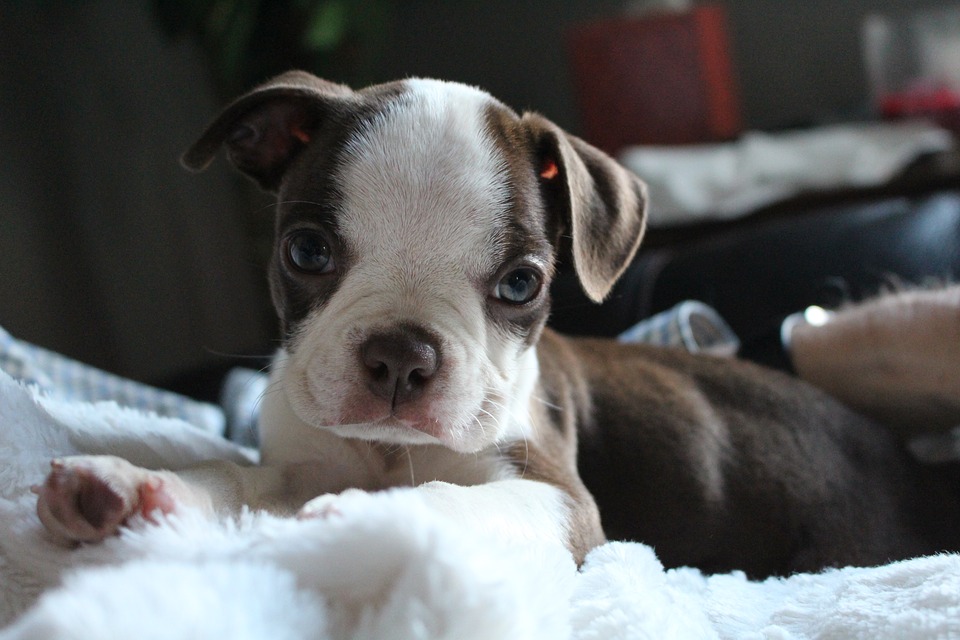
Boston Terrier: Your New Pet
The Boston Terrier, often referred to as the «American Gentleman,» is a breed that originated in the United States in the 19th century. They were developed by crossing Bulldogs and White English Terriers (now extinct breeds). Boston Terriers were originally bred for pit fighting, but through selective breeding, they were transformed into companion dogs known for their friendly disposition and distinctive tuxedo-like markings. Today, Boston Terriers are cherished for their playful nature and loyalty.
Physical Characteristics: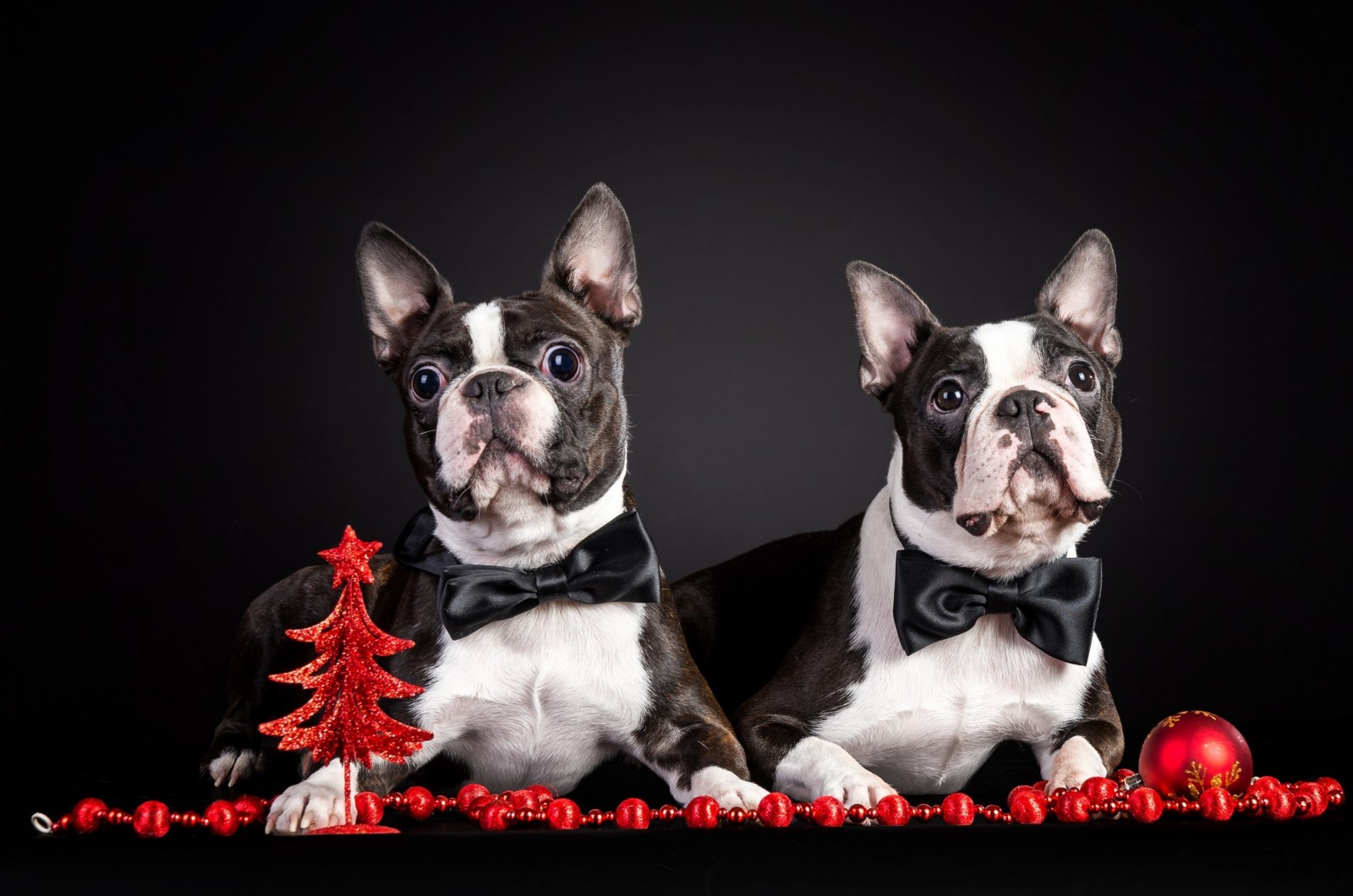
Boston Terriers are small, muscular dogs with a square and compact build. They typically stand around 15 to 17 inches tall at the shoulder and weigh between 12 to 25 pounds. Boston Terriers have a short, smooth coat that comes in brindle, seal, or black with white markings. Their distinctive «tuxedo» appearance, with a white chest, blaze on the face, and white markings on the forelegs, gives them a dapper and charming look.
Health and Basic Care:
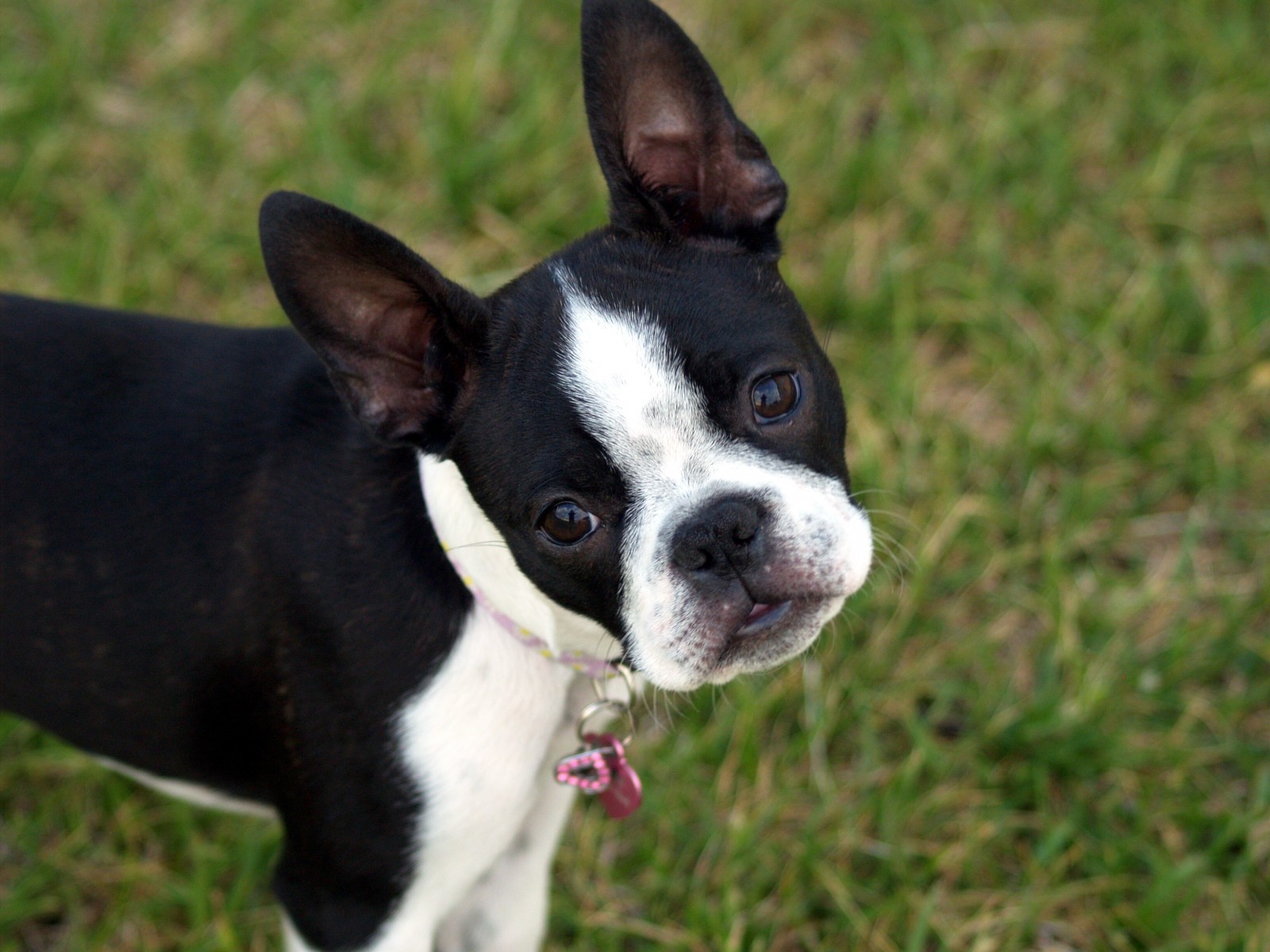
Boston Terriers are generally healthy dogs with a lifespan of around 11 to 13 years. However, like all dog breeds, they may be prone to certain health issues such as brachycephalic syndrome (due to their short muzzle), deafness, eye problems, respiratory issues, and allergies. Regular veterinary check-ups, a balanced diet, exercise, dental care, grooming, and parasite prevention are essential for maintaining their health and well-being.
Temperament and Personality:
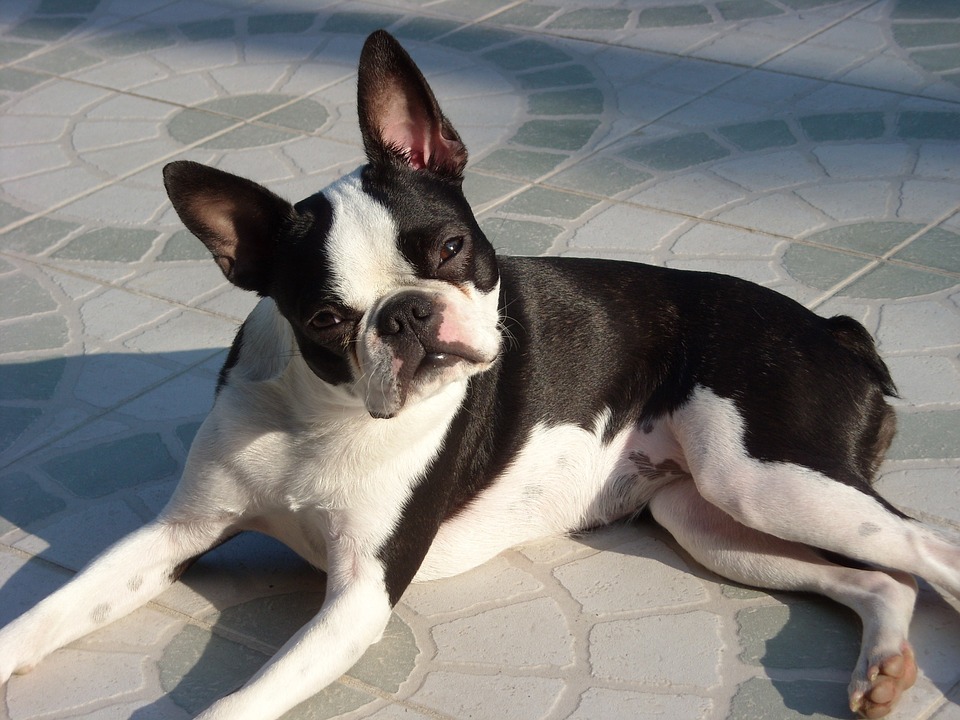
Boston Terriers are known for their friendly, affectionate, and outgoing nature. They are social dogs that form strong bonds with their families and enjoy being part of the household. Boston Terriers are often described as «people-oriented» because they thrive on companionship and attention from their owners. They are playful and energetic but also enjoy relaxing and cuddling with their loved ones.
Training and Socialization:
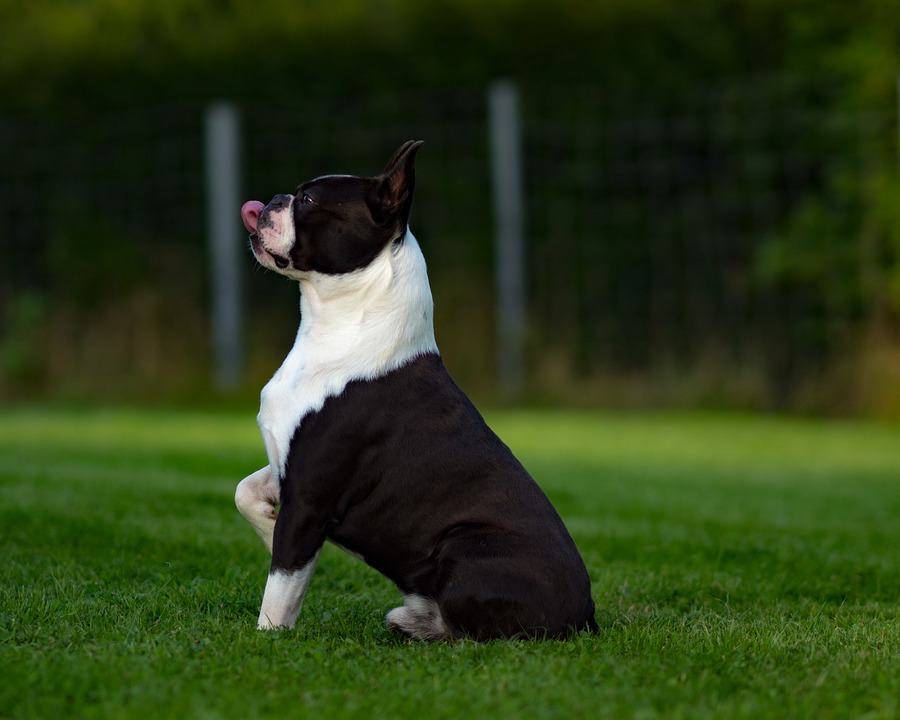
Boston Terriers are intelligent and trainable dogs that respond well to positive reinforcement training methods such as treats, praise, and rewards. Early socialization with people, other animals, and different environments is important to help them develop into well-mannered and well-adjusted dogs. Boston Terriers enjoy learning new tricks and commands and can excel in obedience training.
Nutrition:
A balanced diet tailored to their size, age, and activity level is essential for Boston Terriers’ health and well-being. Feeding them high-quality dog food formulated for small to medium-sized breeds will provide them with the nutrients they need to thrive. Portion control is important to prevent obesity, which can lead to health issues, and fresh water should always be available.
Suitable Environment:
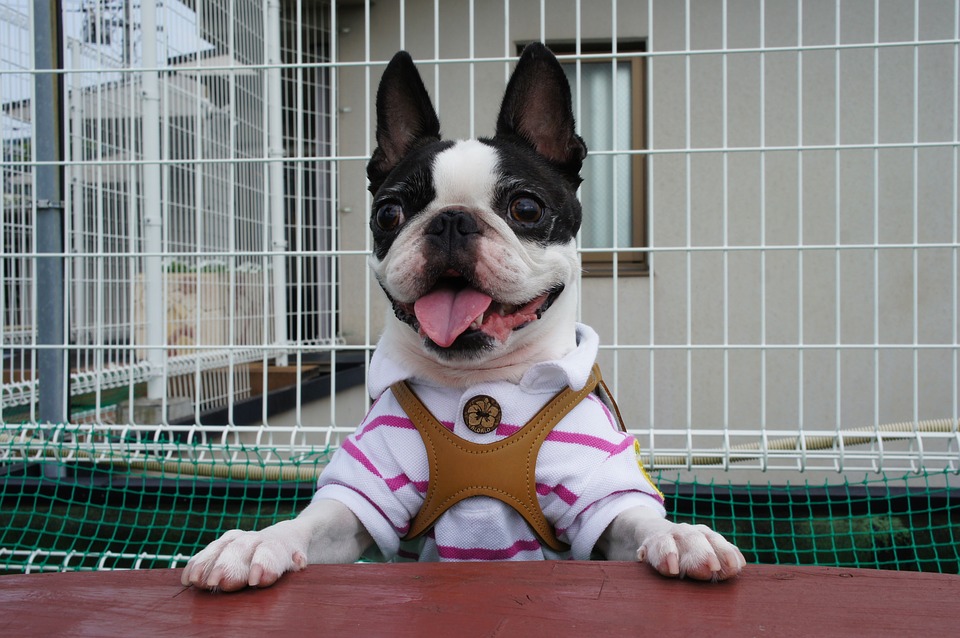
Boston Terriers are well-suited to various living situations, including apartments, houses, and urban environments. They are adaptable dogs that can thrive in both indoor and outdoor settings, but they prefer to be close to their families. Boston Terriers enjoy daily walks, playtime, and mental stimulation, but they are also content to relax indoors with their loved ones.
Frequently Asked Questions:
Are Boston Terriers good family dogs?
- Yes, Boston Terriers make excellent family dogs. They are friendly, affectionate, and outgoing, making them great companions for individuals, couples, and families alike.
Do Boston Terriers bark a lot?
- Boston Terriers may bark occasionally, particularly when they are alert or excited, but they are not known as excessive barkers. Proper training and socialization can help manage their barking behavior.
Are Boston Terriers good with children and other pets?
- Yes, Boston Terriers are usually good with children and other pets when properly socialized from a young age. They are sociable dogs that enjoy companionship and can make wonderful additions to families with children and other animals.
Do Boston Terriers require a lot of exercise?
- Boston Terriers are moderately active dogs that enjoy daily walks, playtime, and mental stimulation. However, they do not have extremely high exercise needs and can adapt to the activity level of their owners.
Are Boston Terriers prone to health problems?
- Boston Terriers may be prone to certain health issues, including brachycephalic syndrome, deafness, eye problems, and respiratory issues. Regular veterinary care, proper diet, exercise, and attention to their health and well-being are essential for managing potential health concerns.
